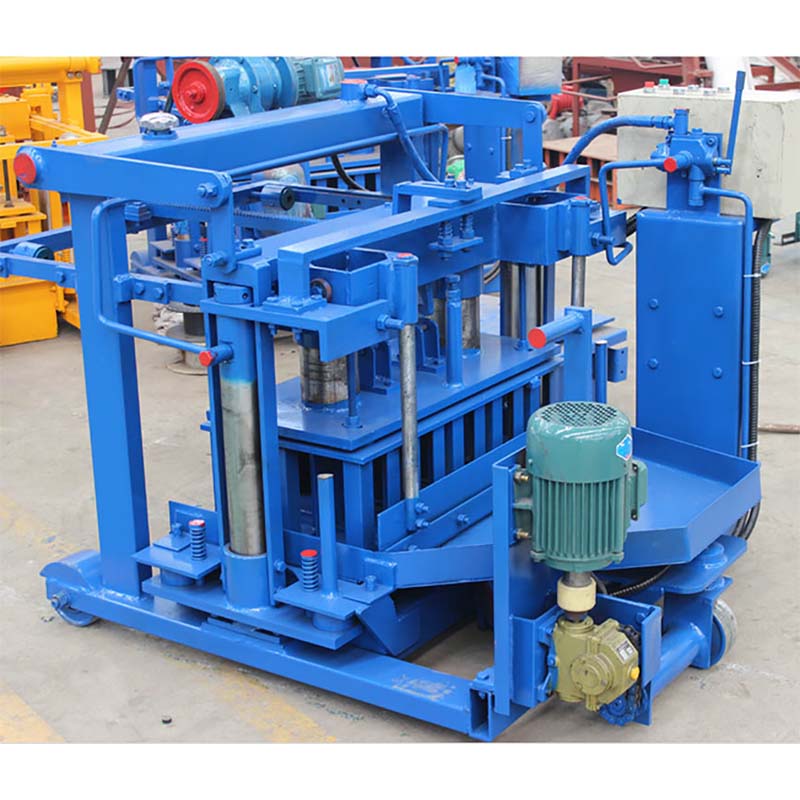
Durability and Longevity of Clay Blocks: Building for Generations
In the ever-evolving world of construction materials, clay blocks stand as a testament to durability and longevity. With a history that spans millennia, clay blocks have demonstrated their ability to withstand the test of time, weathering the elements and providing shelter for generations. In this comprehensive exploration, we delve into the enduring qualities of clay blocks, examining what makes them so durable, their historical significance, and how they continue to shape the future of construction.
**1. The Timeless Appeal of Clay Blocks**
Clay, one of the oldest building materials known to humanity, has been used to create clay blocks for thousands of years. The longevity of clay blocks can be attributed to a combination of factors that make them remarkably resilient and durable:
**A. Natural Material:**
Clay is a natural material, abundant in many regions of the world. It is sourced directly from the earth, making it an eco-friendly and sustainable choice for construction.
**B. Thermal Mass:**
Clay blocks possess high thermal mass, which means they can absorb and store heat. This property contributes to their durability by allowing them to withstand temperature fluctuations without cracking or deteriorating.
**C. Compatibility with Earthquake-Prone Areas:**
In regions prone to earthquakes, clay blocks have proven to be durable because they can flex and absorb seismic forces without collapsing.
**D. Minimal Maintenance:**
Clay blocks require minimal maintenance over their lifespan. They do not rust, corrode, or decay, and their color and texture can endure for generations.
**2. The Enduring Legacy of Ancient Clay Block Buildings**
The historical significance of clay blocks lies in their use in some of the world’s most iconic ancient buildings:
**A. Ancient Mesopotamian Ziggurats:**
The ziggurats of ancient Mesopotamia, such as the Ziggurat of Ur, were constructed using sun-dried clay bricks. These structures have stood for thousands of years, showcasing the longevity of clay as a building material.
**B. Egyptian Pyramids:**
The ancient Egyptians used kiln-fired clay bricks in the construction of the pyramids. The remarkable durability of these bricks is evident in the pyramids, which continue to stand as testaments to human engineering and craftsmanship.
**C. Chinese Great Wall:**
Segments of the Great Wall of China were constructed using clay bricks. The endurance of these bricks, even in the face of centuries of weathering and conflict, is a testament to their durability.
**D. Roman Terracotta:**
In ancient Rome, clay tiles and bricks were used extensively in construction. The remains of Roman villas and baths, featuring terracotta elements, continue to astonish archaeologists and historians.
**3. Modern Clay Block Construction: Advancements in Durability**
Modern clay block construction has built upon the enduring qualities of clay, enhancing their durability through innovations and technologies:
**A. Kiln Firing:**
Modern clay blocks are typically kiln-fired, a process that strengthens the material and increases its resistance to weathering, water absorption, and frost damage.
**B. Quality Control:**
Manufacturers implement strict quality control measures to ensure that clay blocks meet precise standards for size, strength, and durability.
**C. Reinforcement and Additives:**
Some modern clay blocks are reinforced with materials like concrete or engineered additives to enhance their strength and durability.
**D. Seismic Resilience:**
In earthquake-prone regions, clay block construction incorporates seismic-resistant design principles to ensure that buildings can withstand tremors and remain durable.
**E. Weather Resistance:**
Modern clay blocks are engineered to resist the effects of weather, including freeze-thaw cycles, rain, and UV radiation, which can degrade building materials over time.
**4. Case Studies: Contemporary Clay Block Buildings**
Let’s explore some contemporary examples of buildings constructed with clay blocks that showcase their durability and longevity:
**A. The Alhambra, Spain:**
The Alhambra, a historic palace and fortress complex in Granada, Spain, features extensive use of clay tiles and bricks in its intricate architectural details. These clay elements have endured for centuries, attesting to their durability.
**B. Salk Institute, USA:**
The Salk Institute for Biological Studies in California, designed by renowned architect Louis Kahn, includes clay block walls that have maintained their structural integrity and aesthetic appeal since the institute’s completion in the 1960s.
**C. Traditional Adobe Homes, New Mexico, USA:**
In New Mexico, traditional adobe homes constructed with sun-dried clay blocks have stood for centuries, showcasing the enduring durability of this building method.
**D. Modern Clay Block Housing, Germany:**
In Germany, modern housing developments have embraced clay block construction for its durability and energy-efficient properties. These buildings are designed to last for generations while minimizing environmental impact.
**5. The Sustainability of Durability**
One of the key components of sustainability in construction is durability. Building materials that stand the test of time reduce the need for frequent replacements and repairs, ultimately lowering resource consumption and waste generation. Clay blocks excel in this regard:
**A. Long Lifespan:**
Clay blocks have exceptionally long lifespans, often exceeding a century with minimal maintenance. This longevity significantly reduces the environmental impact of construction.
**B. Energy Efficiency:**
The thermal mass properties of clay blocks contribute to energy efficiency by stabilizing indoor temperatures. As a result, buildings constructed with clay blocks typically have lower heating and cooling requirements.
**C. Minimal Maintenance:**
The low-maintenance nature of clay blocks reduces the need for ongoing repairs and replacements, further conserving resources and reducing construction waste.
**D. Reusability:**
Clay blocks can be salvaged and reused in renovation or restoration projects, extending their lifespan and reducing the demand for new materials.
**6. Conclusion**
The durability and longevity of clay blocks have left an indelible mark on the history of architecture. From the monumental structures of ancient civilizations to contemporary buildings designed for sustainability, clay blocks continue to shape the built environment and inspire architects and builders alike. Their ability to withstand the ravages of time while providing comfortable and enduring spaces for generations is a testament to the enduring qualities of this humble yet remarkable building material. In an age where sustainability is paramount, clay blocks serve as a reminder that durability and longevity are essential components of a more sustainable and resilient future.
